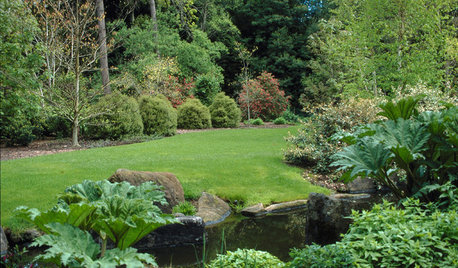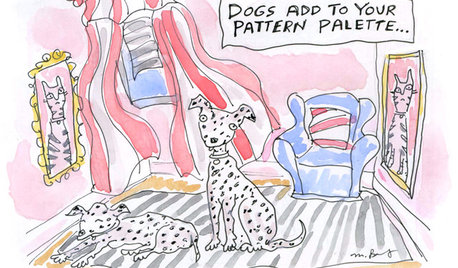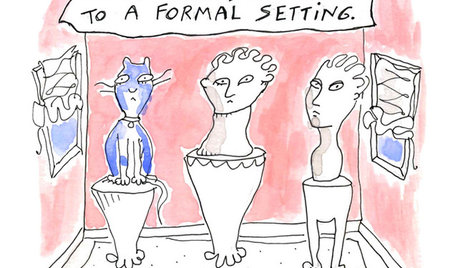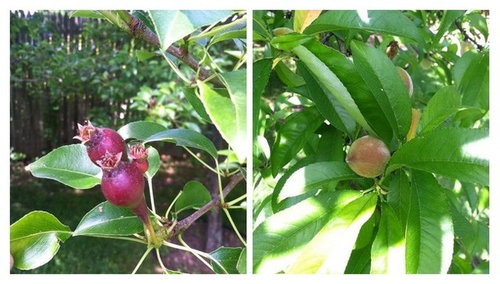New Yard Owner Needs Help
mfny
9 years ago
Related Stories

HOUSEKEEPINGWhen You Need Real Housekeeping Help
Which is scarier, Lifetime's 'Devious Maids' show or that area behind the toilet? If the toilet wins, you'll need these tips
Full Story
CURB APPEAL7 Questions to Help You Pick the Right Front-Yard Fence
Get over the hurdle of choosing a fence design by considering your needs, your home’s architecture and more
Full Story
ORGANIZINGGet the Organizing Help You Need (Finally!)
Imagine having your closet whipped into shape by someone else. That’s the power of working with a pro
Full Story
GARDENING GUIDESYou Don't Need Prairie to Help Pollinators
Woodlands, marshes, deserts — pollinators are everywhere
Full Story
8 Ways Dogs Help You Design
Need to shake up a room, find a couch or go paperless? Here are some ideas to chew on
Full Story
DECORATING GUIDESSlow Design: Today's 'Wabi-Sabi' Helps Us Savor the Moment
Learn about the design movement that's aiming to satisfy our real needs, leaving materialism in the past
Full Story
BATHROOM WORKBOOKStandard Fixture Dimensions and Measurements for a Primary Bath
Create a luxe bathroom that functions well with these key measurements and layout tips
Full Story
DECLUTTERINGDownsizing Help: How to Get Rid of Your Extra Stuff
Sell, consign, donate? We walk you through the options so you can sail through scaling down
Full Story
MOST POPULAR7 Ways Cats Help You Decorate
Furry felines add to our decor in so many ways. These just scratch the surface
Full StoryMore Discussions








raee_gw zone 5b-6a Ohio
Tony
Related Professionals
Elwood Landscape Architects & Landscape Designers · Mount Wilson Landscape Architects & Landscape Designers · Finneytown Landscape Architects & Landscape Designers · Milford Landscape Contractors · Waterbury Landscape Contractors · Surprise Landscape Contractors · Biloxi Landscape Contractors · Cincinnati Landscape Contractors · East Patchogue Landscape Contractors · Fair Oaks Landscape Contractors · Golden Landscape Contractors · Hawthorne Landscape Contractors · Lake Zurich Landscape Contractors · Rio Linda Landscape Contractors · Wickliffe Landscape Contractorsmamuang_gw
mfnyOriginal Author
mamuang_gw
murkwell
mfnyOriginal Author
Kevin Reilly
mfnyOriginal Author
murkwell
agrocoders
mamuang_gw
agrocoders
mfnyOriginal Author
alan haigh
alan haigh